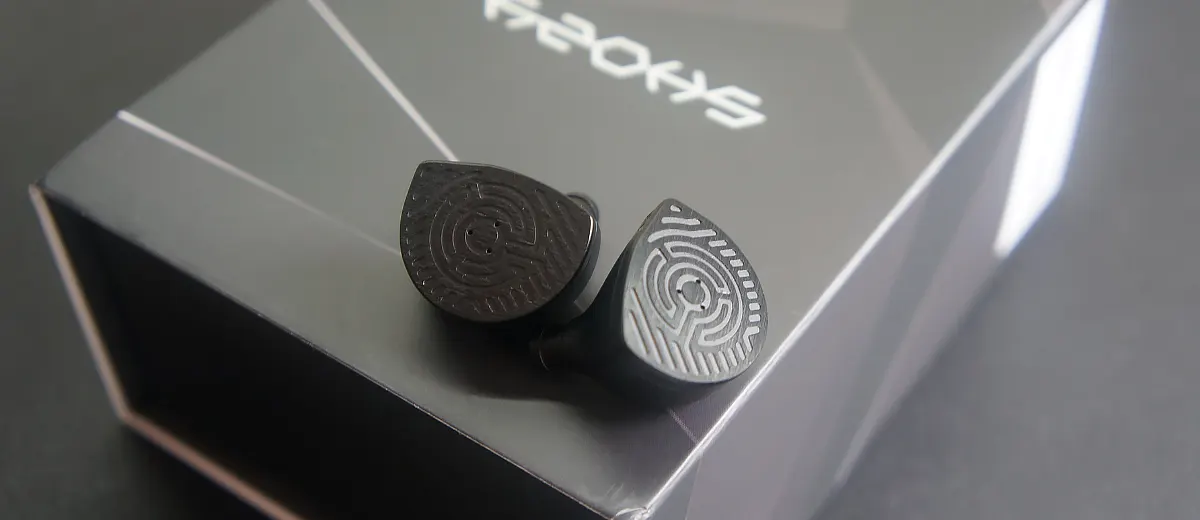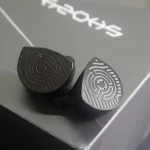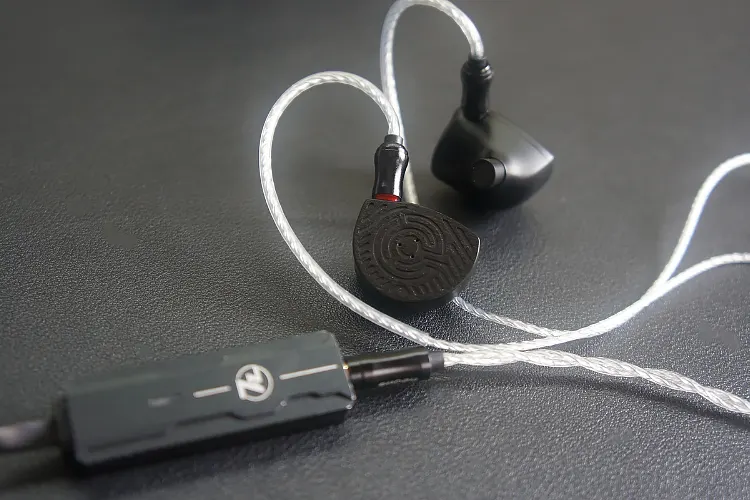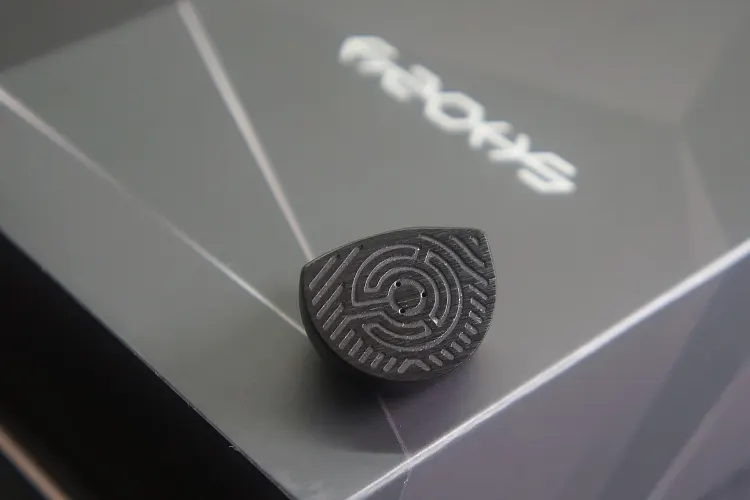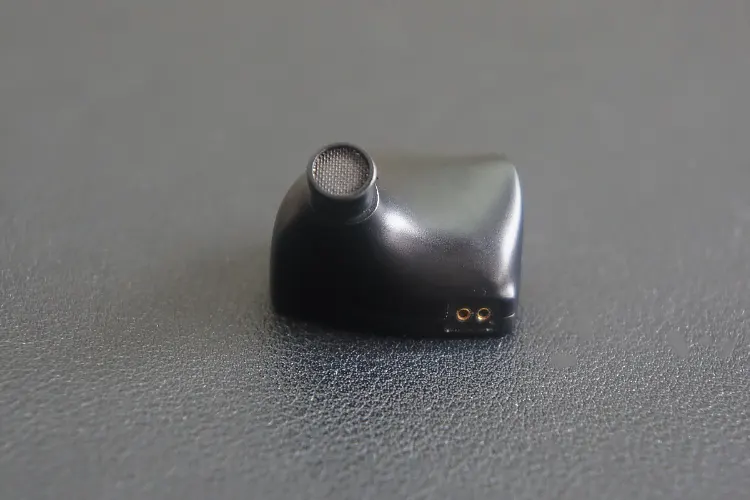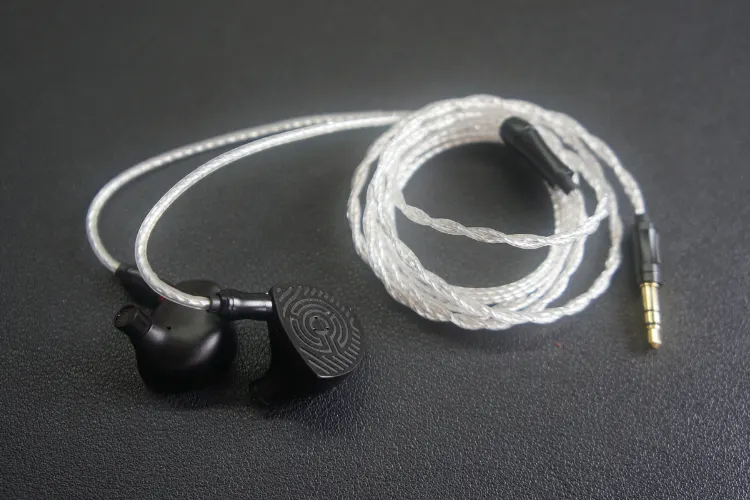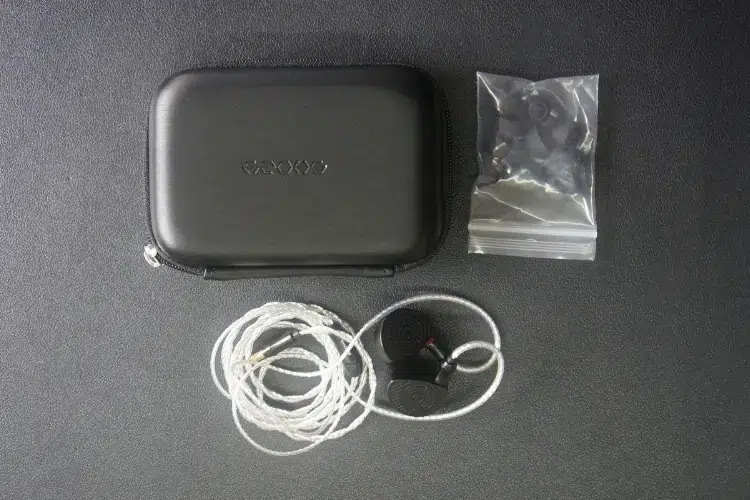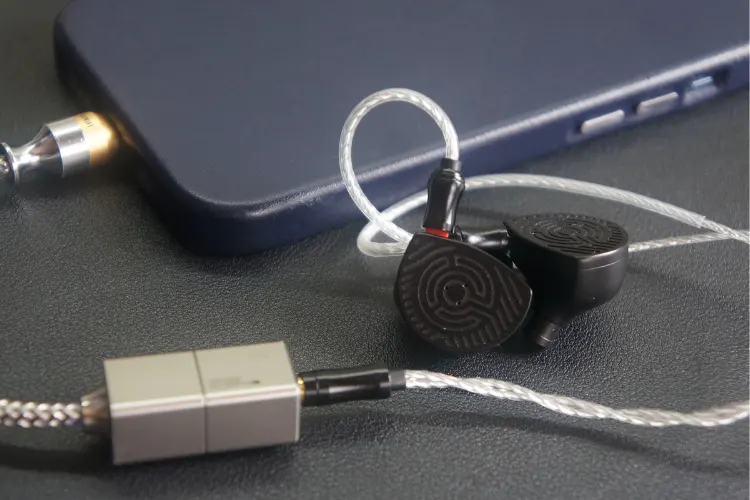In this feature, Meldrick reviews the Shozy P20, which is a new single 14.5mm planar magnetic driver universal in-ear monitor designed in Hong Kong. It is priced at $139.
Disclaimer: This sample was sent to me in exchange for my honest opinion. Headfonics is an independent website with no affiliate links or status. I thank Linsoul and Shozy for their support.
Click here to read more about SHOZY gear we have previously assessed on Headfonics.
Note, that this article follows our latest scoring guidelines which you can read here.
In today’s review, we take a look at Shozy’s latest Planar Magnetic IEM, the P20. With a single 14.5mm planar magnetic driver inside and priced at sub-$200, Shozy enters the segment dominated by IEMs like the Hidizs MP145.
The P20 starts at $139 for the SE package, and $144 for the 4.4mm BAL package, making this one of Shozy’s most affordable IEMs.
To learn more about the performance, usability, and how it compares against its peers in this crowded segment, keep reading the full review below
Features
The Shozy P20 uses a single “large” 14.5mm planar magnetic driver, a driver configuration that’s been steadily gaining popularity over the years.
Despite several other Chi-Fi brands making use of the same driver setup, a large planar magnetic driver is still quite novel when compared to the more minuscule dynamic and balanced armature drivers traditionally used in the Chi-Fi Space, giving it the ability to deliver a more robust sound signature, especially in the bass region.
Coming with either a 4.4mm BAL or 3.5mm SE cable out of the box, Shozy gives potential buyers the option to select the cable that best suits their setup. With 3.5mm being the dominant audio interface used by most sources and amplifiers, this may be more attractive to newer IEMs.
However, with planar magnetic drivers’ reputation for being harder to drive, audiophiles with balanced amplifiers or DAPs may opt to purchase the P20 with an included 4.4mm balanced cable.
Lastly, the P20 boasts a very stealthy design aesthetic because of its black aluminum alloy shell. Combined with an anodized and brushed finish ensures that the P20 remains subdued and comfortable in most situations.
Design
The Shozy P20 is constructed out of a lightweight aluminum alloy construction that stays sleek and subdued in brighter conditions and takes on a more stealthy appearance in dimmer conditions.
Its aluminum alloy shell has an anodized black finish that is quite resistant to daily wear and scratches. The shell’s shape is composed of ergonomic curves and chamfers similar to most resin Chi-Fi IEMs.
This is quite impressive since achieving similar curves and silhouettes through machining aluminum is substantially more difficult than the more typical resin.
The P20 uses a separate faceplate and body, however, both its faceplate and body are constructed out of aluminum rather than an aluminum/resin combo typical at this price point.
The faceplate is a brushed aluminum finish that reflects light in a more linear pattern as opposed to the more diffused light reflection of the anodized finish of the shell.
The P20’s faceplate has a machined design that resembles a cross between UFO crop circles, and Aztec imagery. The center of the faceplate is surrounded by 3 vents used to tune the IEM’s sound.
The contrast between the brushed aluminum faceplate and the anodized panel right under it is magnified when light shines directly at the faceplate, but the machined geometric designs almost disappear in darker lighting.
Comfort and Isolation
The comfort of the Shozy P20 is quite good, especially for an all-metal IEM with a large planar driver. Compared to the all-metal IEMs I’ve tried such as the Hidizs MP145 and Simgot EA500LM, it outclasses them in terms of comfort.
This is primarily because of the aluminum alloy used, making the P20 observably lighter than the metal IEMs I compared against them. It is not quite on the level of all resin IEMs, but the difference in in-ear heft compared to other metal IEMs is immediately noticeable.
With its ergonomic shell, the P20 fits quite well, with the contoured curve touching the inside of my ear. I usually do not like any part of the IEM shell touching inside my ear, but the anodized aluminum has a pleasingly smooth finish that is also cool to the touch.
The metal build does not cause any weight-related discomfort in mixed stationary and on-the-go testing, I never felt that the weight of the IEMs was pulling me down.
The shells provide very little passive noise isolation when no media is being played, only blocking out wind noise and mild road noise while conversations remain audible and intelligible.
Once music is played through the IEMs, the isolation performance improves slightly, but its overall isolation performance is quite disappointing, even considering the 4 vents in the shell.
Stock Cable
When purchasing the P20, the buyer is given the option of either a 4.4mm BAL or 3.5 SE cable, the unit sent to me for testing comes with the 3.5 SE cable.
The cable included is quite thin, but still of decent quality. It is a 4-core silver plated weave cable with 2 silver-colored wires braided and housed in their vinyl tube. These 2 vinyl tubes are then braided from the 3.5mm SE plug to the black aluminum chin splitter.
After the splitter, each vinyl tube terminates onto its 2-pin connector, with the same black aluminum material for the barrel as the chin splitter and IEM shell.
In all my tests, whether stationary at my desk or on the move, I did not encounter any microphonics. Moreover, the cable impressively maintains its tangle-free nature when stowed in a case, and it avoids developing memory even when coiled up for storage.
Packaging & Accessories
The Shozy P20 arrived in a simple black cardboard box adorned with a stylized Shozy logo on the front, with grey and black geometric panes in the background.
In addition to the IEMs and the standard cable, the P20 comes with a leatherette hardshell case, and 6 pairs of ear tips.
The package inclusions are quite spartan, even when considering the sub-$150 USD price point. However, all accessories and inclusions are decent enough quality and are more than usable for daily listening.
Sound Impressions
The following sound impressions of the Shozy P20 were completed using the 7Hz SEVENHERTZ 71 and the ddHiFi TC35Pro E2 dongle DACs, as well as the FiiO K11 desktop DAC/AMP.
Bass
Having a V-shaped tonality, the bass performance of the P20 is forward, well-textured, and presented with good note weight.
In tracks wherein a constant hitting of a deep bass drum serves as the backbone of the song, it manages to deliver a tight yet textured sub-bass to a chest-shaking level.
More proficient dynamic drivers outperform the P20 in the bass department by a little, but the sub-bass extension is really good for a planar driver. Sub-bass hits are always played back with good texture and decay, ensuring that they never come off as being one-dimensional.
A standout of the P20 is its ability to articulate decay beyond the initial drum hit in a manner that adds to the personality and layering of the track as a whole.
This proficiency also carries over to the deep synths and hums. More abstract grunge or hip-hop tracks with prolonged droning tones are played back with good texture and fidelity.
Despite the prolonged nature of these tones, it excels in showing the change in nuance consistently. The P20 can balance its presentation of these droning tones without seeping into the sub-bass or the mids.
The mid-bass does not have the same level of emphasis as the sub-bass but it’s played back with a level of texture that makes it quite easy to identify even in complicated mixes.
The bass performance of the P20 is quite good, especially compared to other planar IEMs in the price range. Despite not being able to hit as low or as deep as more proficient dynamic drivers, the decay and texture level of the bass is quite impressive.
Mids
The mid-range performance of the P20 is quite good, even given its V-shaped sound signature. I usually find that more V or U-shaped IEMs struggle to present vocals or acoustic string instruments in a manner that makes them stand out.
However, my testing with the P20 showed good proficiency in playing back both male and female vocals with a level of detail and air that makes them easily stand out even though they are not at the forefront of the overall sound presentation.
Deeper male vocal performances are played back in a revolving manner, wherein the raspiness in one’s voice and the breaths in between notes are quite audible.
My only gripe with the male vocal presentation is a lack of note weight, preventing male vocals from coming off with more authority.
Higher-pitched male vocals, female vocals, and acoustic string instruments are played back with very good resolution. During my testing, this is where I heard the planar driver shine.
Even compared to other planar drivers in the price range, the P20 can deliver higher levels of micro detail without sacrificing its musicality.
Acoustic guitars in particular are presented very well, with the micro detail of each strum coming through loud and clear even, in the middle of complex mixes.
In certain tracks, they approach the line of being too metallic sounding, but it does a good job of riding the balance of technical performance and musicality.
Unlike other IEMs with a V or U-shaped sound signature, the vocals and mid-range never came off as veiled. It was instead presented with an impressive level of resolution.
Treble
The P20’s treble performance was one of its biggest standouts, even during my initial listening session. It rides the fine line of playing back impressive levels of detail, resolution, and air, without coming off as sibilant or harsh.
The treble region extends well, never sounding distorted even in more complex tracks. It excels in making each brass instrument or cymbal easily distinguishable by expertly playing back their microdetail and perfectly layering their notes even as they decay.
The P20 can play back crash cymbals and Hi-Hats cymbals in a class-leading manner. I occasionally found myself taken aback at how satisfying and powerful cymbal strikes are while maintaining good levels of air and resolution.
Hits on snare drums are presented with good resolution and musicality as well. The resolution of the P20 on the high-end cannot be overstated. Even the sound of two drumsticks hitting each other is impactful and sharp while never coming off as too sibilant.
Imaging
The P20’s imaging and instrument separation is decent, making it easy to place sounds within space and ensuring that individual notes are presented with good detail.
However, the imaging isn’t the best I’ve heard, even compared to other planar IEMs in the price range. It doesn’t soar to remarkable heights in this aspect, but instead consistently delivers a satisfactory performance.
Staging
The staging of the P20 is decently wide. It doesn’t have the full 360-degree soundscape that other larger and airier IEMs or headphones do, but it can create a wide-encompassing sound stage that contributes to a very pleasing atmosphere when listening to more complex arrangements.
Click on page 2 below for my recommended pairings and selected comparisons.

